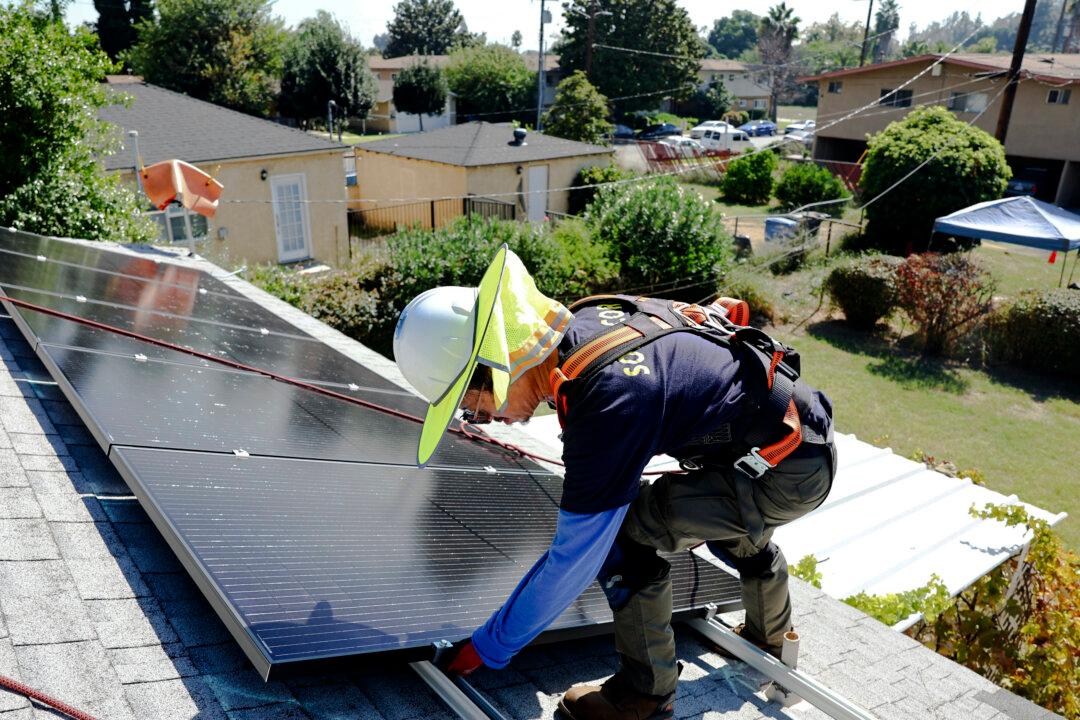The volume of solar panel waste is rising rapidly in Australia, predicted to reach 280,000 tonnes within one year and one million tonnes within a decade.
According to a new study by the Australian Centre for Advanced Photovoltaics, led by experts from the University of New South Wales (UNSW), the challenge of dealing with significant levels of solar PV waste would come within the next two or three years.




